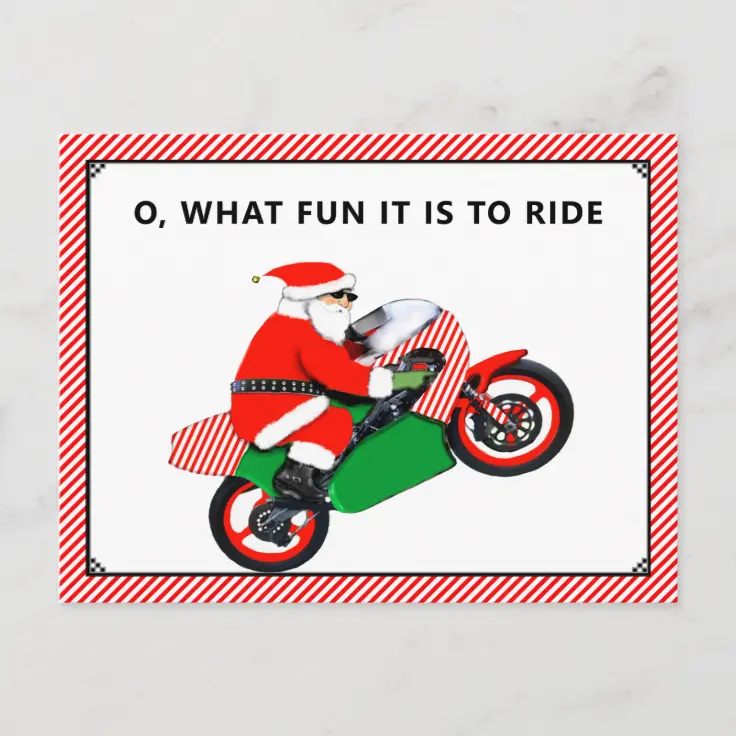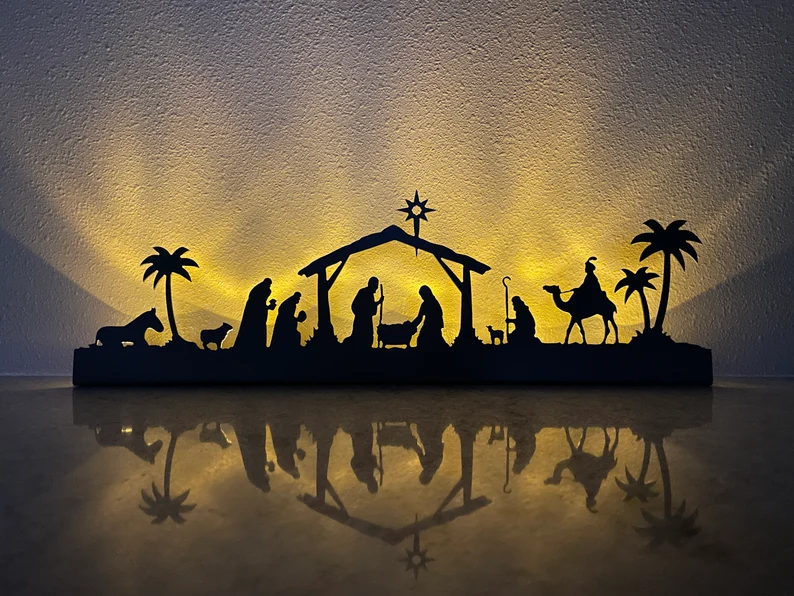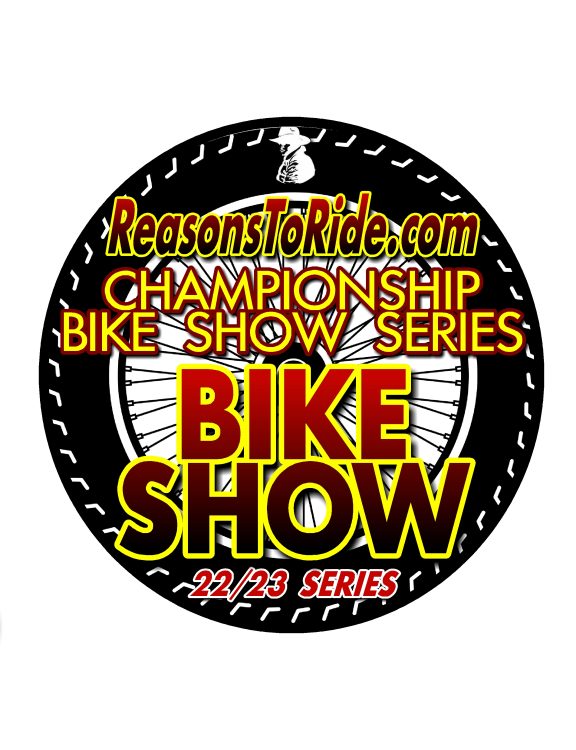
Bluetooth Communicators Part 1
Sport Touring Corner
By Norm Kern
Motorcycle communication and entertainment systems are not new.
I was one of the pioneers back in 1975 during the CB radio craze. I started a mail order business, making and selling headsets to use CB on motorcycles which became Verity Cycle Lab in 1976. Starting with helmet microphones and speakers, we expanded to complete systems with AM, FM, CB, weather radio and radar detector with rider-passenger intercom. Most of these systems were built into Cycle Sound housings that mounted on Vetter fairings.
CB remained the choice for bike-to bike communication all the way into the 2000s, when Bluetooth wireless headsets appeared. It took several generations of products, but Bluetooth was ultimately a game-changer.
What is Bluetooth?
Bluetooth is a wireless communications protocol that was introduced in 1999. It was originally designed for short range (3-25 foot) connections, primarily earphones. Motorcycle headsets use Bluetooth to connect the rider to their smartphone, music sources and GPS prompts. These applications are simple, short range and well within the original Bluetooth concept.
Some BT headset users also want them for intercom communication with riders on other motorcycles and that is the primary function for many. Some riders have success with their headsets while others are frustrated. I will explain pros and cons and how to minimize problems, but first let me explain some things about the technology.
Bluetooth Technology
Bluetooth has lots of advantages due to the high 2.4 Gigahertz radio frequencies it uses. That’s 2.4 billion cycles per second. (FM radio is around 100 million cycles per second.)
The higher the frequency, the smaller the antenna needs to be, so a Bluetooth antenna only needs to be a couple of inches long. Higher frequency signals travel further for a given power level, so a smaller, lighter battery may be used. That enables a typical communicator to deliver six to twelve hours of continuous intercom operation from its tiny lithium ion battery. A Sena 20s headset transmits with just under 1 milliwatt of power. Remember the old CB radios? They had 4-watt transmitters, 4 thousand times the power of a Bluetooth communicator.
Given such low transmitter power, it is indeed a miracle how far intercom communication can reach on a top-line Sena or Cardo headset. I have personally experienced intercom with another rider 1.2 miles away, BUT that was line of sight in a rural area with low radio frequency traffic and no hills, trees or obstructions. Normal range is less. Much less.
This is because high frequency radio signals also have disadvantages. The higher the frequency the more line-of-sight the signal becomes. These signals do not penetrate walls, hills, structures or even dense foliage of a forested area. Then there is interference- in urban areas, thousands of Bluetooth devices competing for the same narrow radio bandwidth, further reducing range and clarity of communication.
Pairing
The first step in getting your phone, GPS, etc. set up is a process called pairing. Unlike conventional two-way radios that communicate by selecting the same channel frequency on both units, all Bluetooth devices operate in the same frequency band. Each device has a unique numeric address. When pairing mode is set on both devices, it causes them to advertise their address to each other. Once each device memorizes the other’s address, pairing is complete. Then they can communicate by including the address of the intended recipient in each message. The receiver monitors everything that comes in on the Bluetooth frequency but only processes messages that contain its own address.
Phone & GPS
Most of my friends use their headset with their phone for calls and also with their GPS for navigation info. Pairing must be done in a certain order using the correct settings, but once it’s done correctly, everything works well.
Receiving a phone call is easy. When you hear the ring tone all you have to do is tap the phone button on the communicator to answer. When the call connects, you have high quality two-way communication. Tap the phone button again to end the call.
I don’t normally make outgoing calls while riding, but my Sena 30K can be set up to speed dial up to three different numbers. If you have voice commands enabled, you say “Hello Sena,” and the device answers back, “Say a command.” I reply, “Speed dial 1” (or 2 or 3). The phone activates and dials the stored number. Easy!
My Garmin zumo 590 GPS is paired with the headset in a mode where the navigation voice prompts, and MP3 music comes through mixed with intercom audio. (Other people on intercom can’t hear it though.) I don’t have to keep looking at the GPS screen to see when a turn is coming up- the GPS voice warns me when the turn is about half a mile ahead. Not having to worry about missing a turn, knowing when school zones are coming up, etc. allows me to concentrate on enjoying the bike and the road.
Intercom
Just like setting up your phone and GPS, using intercom with other riders begins with pairing. Both units are placed in intercom pairing mode and allowed to connect. Once this has been done, either rider can tap their jog dial one time to toggle the intercom on and off.
Unlike two-way radios where you have to push a button to talk and only one can speak at a time, once the intercom is on you have hands free two-way communication as long as you wish.
There are many advantages to having intercom. Stops can be coordinated easily based on need and preferences when everyone can talk. Upcoming turns etc can be communicated by the leader. Passing slower vehicles is much easier for group members when the leader can get out ahead and make sure the road is clear for passing.
Next month
Be sure to come back to Sport Touring Corner next month when we talk All About Bluetooth Intercom, including Bluetooth vs Mesh, various communicator models, which brand to choose, etc.
——————————————————————–
Connect with local Ohio MSTA riders at these monthly breakfasts:
Southwest Ohio Breakfast, 9AM January 18
Village Family Restaurant
144 S. Main St.
Waynesville, OH 45068
Central Ohio Breakfast, 8AM, January 5
Portside Cafe
6515 S High St
Lockbourne, OH 43137



